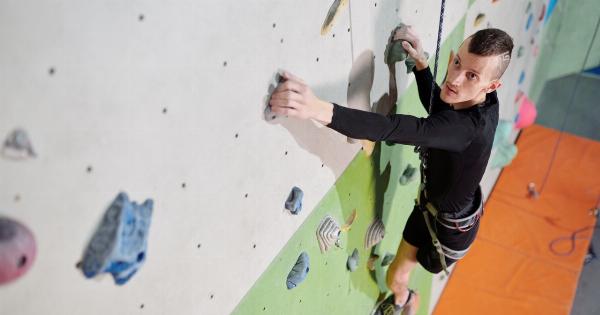Knee osteoarthritis (OA) is a degenerative joint condition that commonly affects older adults. It is caused by the wear and tear of the protective cartilage that cushions the joints.
Over time, this cartilage can degrade, leading to inflammation, stiffness, and pain. While there are many factors that can contribute to knee OA, work-related factors have been identified as being particularly important.
Manual Labor
Manual labor is a known risk factor for the development of knee OA. This type of work involves repetitive stress on the joints, which can lead to the breakdown of cartilage over time.
People who work in fields such as construction, mining, and farming are at particular risk for developing knee OA due to the strenuous nature of their work.
Sedentary Work
While manual labor can contribute to knee OA, sedentary work is also a risk factor. In this type of work, people are often required to sit for long periods of time, which can lead to weakened muscles and increased pressure on the knees.
Additionally, poorly designed workstations can exacerbate this risk by leading to poor posture and improper alignment of the legs.
Heavy Lifting
Heavy lifting is another work-related factor that can contribute to knee OA. This type of work puts a significant amount of strain on the knee joint, particularly if the lifting is done improperly.
People who work in warehouses or factories, for example, may be at risk for developing knee OA if they are required to repeatedly lift heavy objects.
Awkward Postures
Awkward postures are another work-related factor that can contribute to knee OA. When workers are required to assume unnatural positions, such as squatting or kneeling, it can put a significant amount of strain on the knee joint.
This type of work is common in fields such as plumbing and electrical work, where workers may be required to access tight spaces.
Vibration
Vibration is another work-related factor that has been associated with knee OA. People who work with power tools, for example, may be exposed to high levels of vibration, which can damage the joint over time.
Additionally, workers who operate heavy machinery may be exposed to whole body vibration, which can also contribute to the development of knee OA.
Poor Workplace Design
Poor workplace design can also contribute to knee OA. Workstations that are poorly designed can lead to poor posture, which can put pressure on the knees.
Additionally, workplaces that do not provide proper support or cushioning for workers can exacerbate the risk of knee OA.
Lack of Training
Lack of training is another work-related factor that can contribute to knee OA. When workers are not properly trained on how to use equipment or perform tasks safely, they may be at risk for knee injuries.
Additionally, workers who are not trained on proper lifting techniques may be more likely to develop knee OA due to repetitive stress on the joints.
Conclusion
Knee OA is a common condition that can have a significant impact on a person’s quality of life. While there are many factors that can contribute to its development, work-related factors have been identified as being particularly important.
By understanding these risk factors, employers and workers can take steps to reduce the risk of knee OA in the workplace.






















